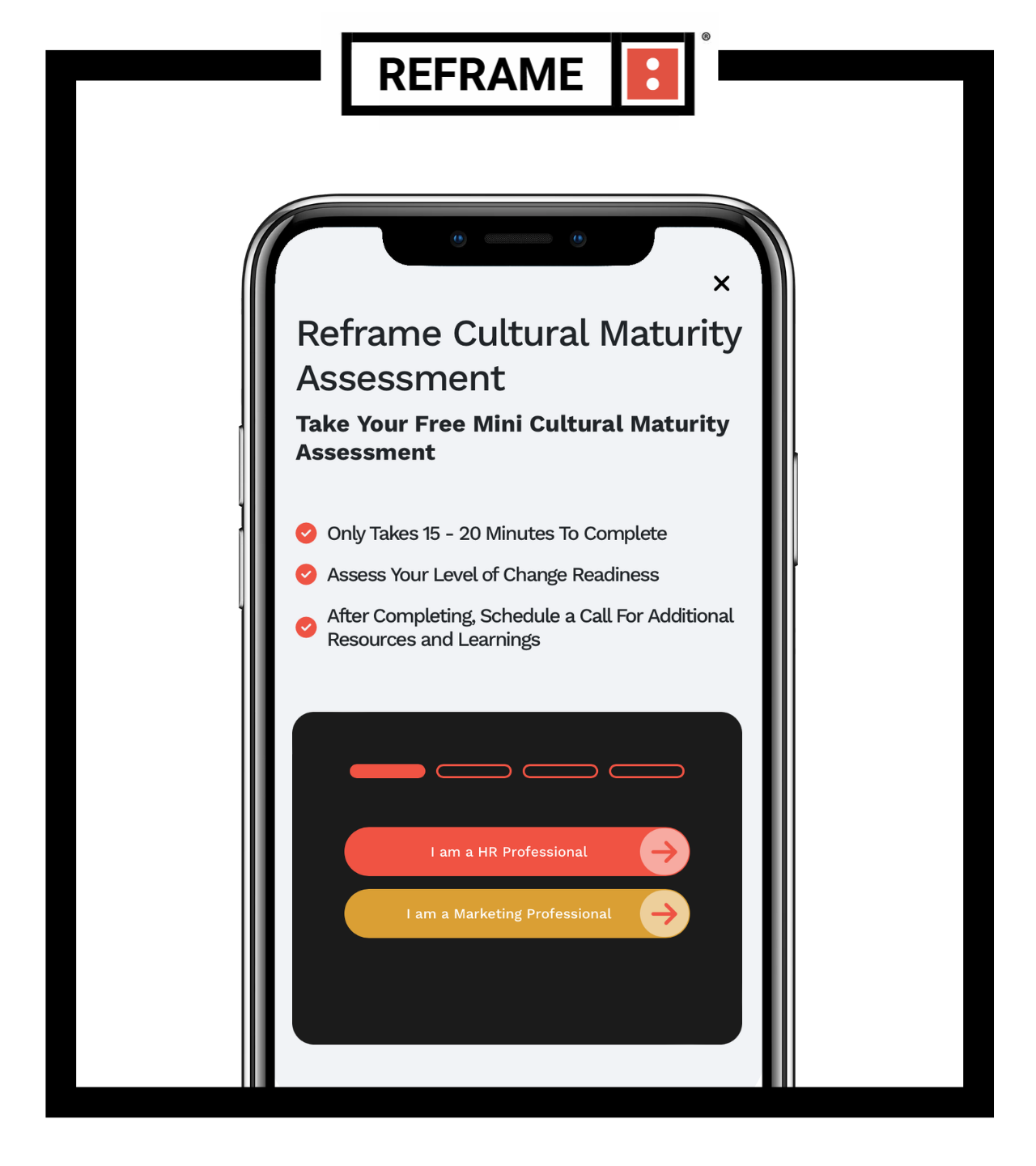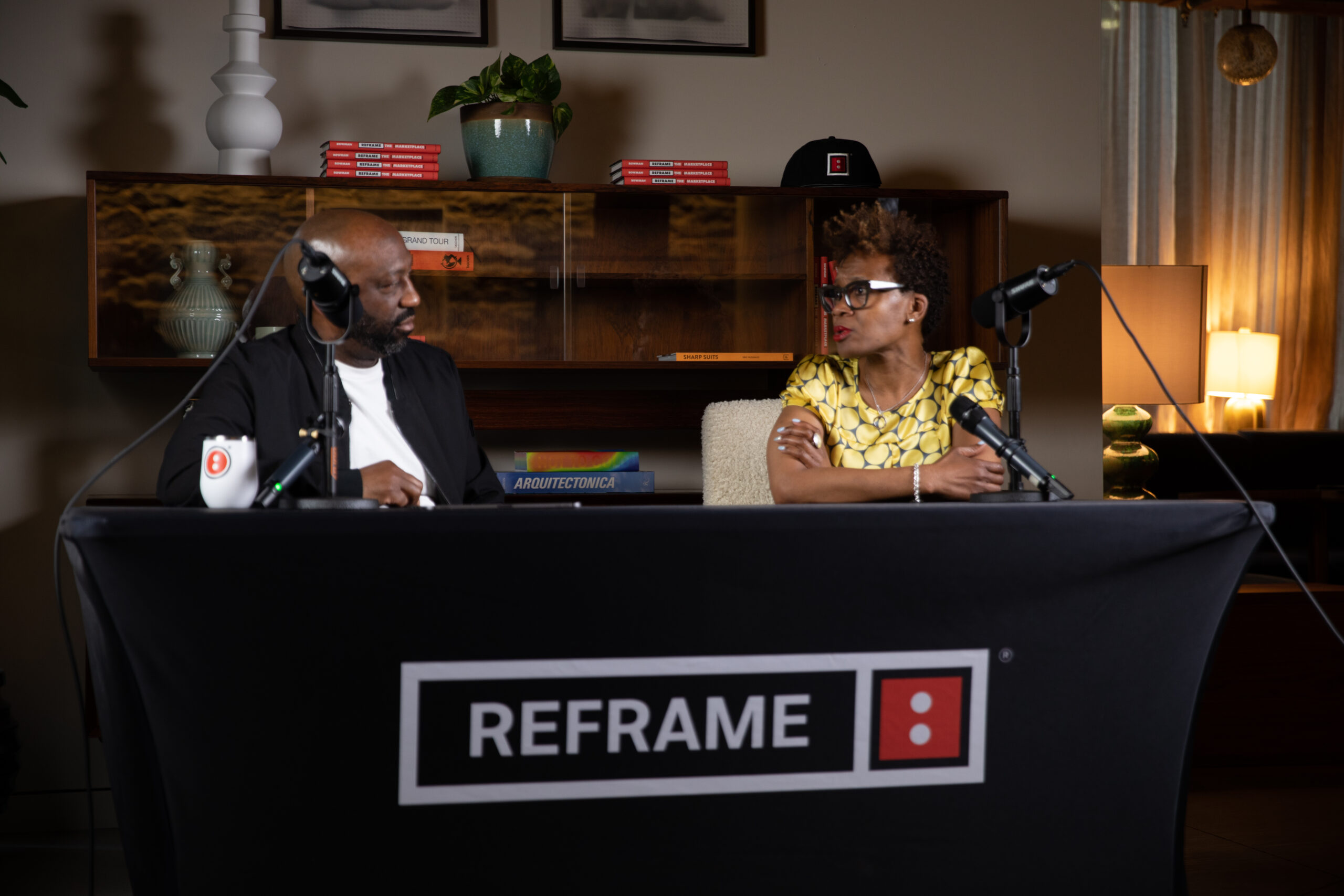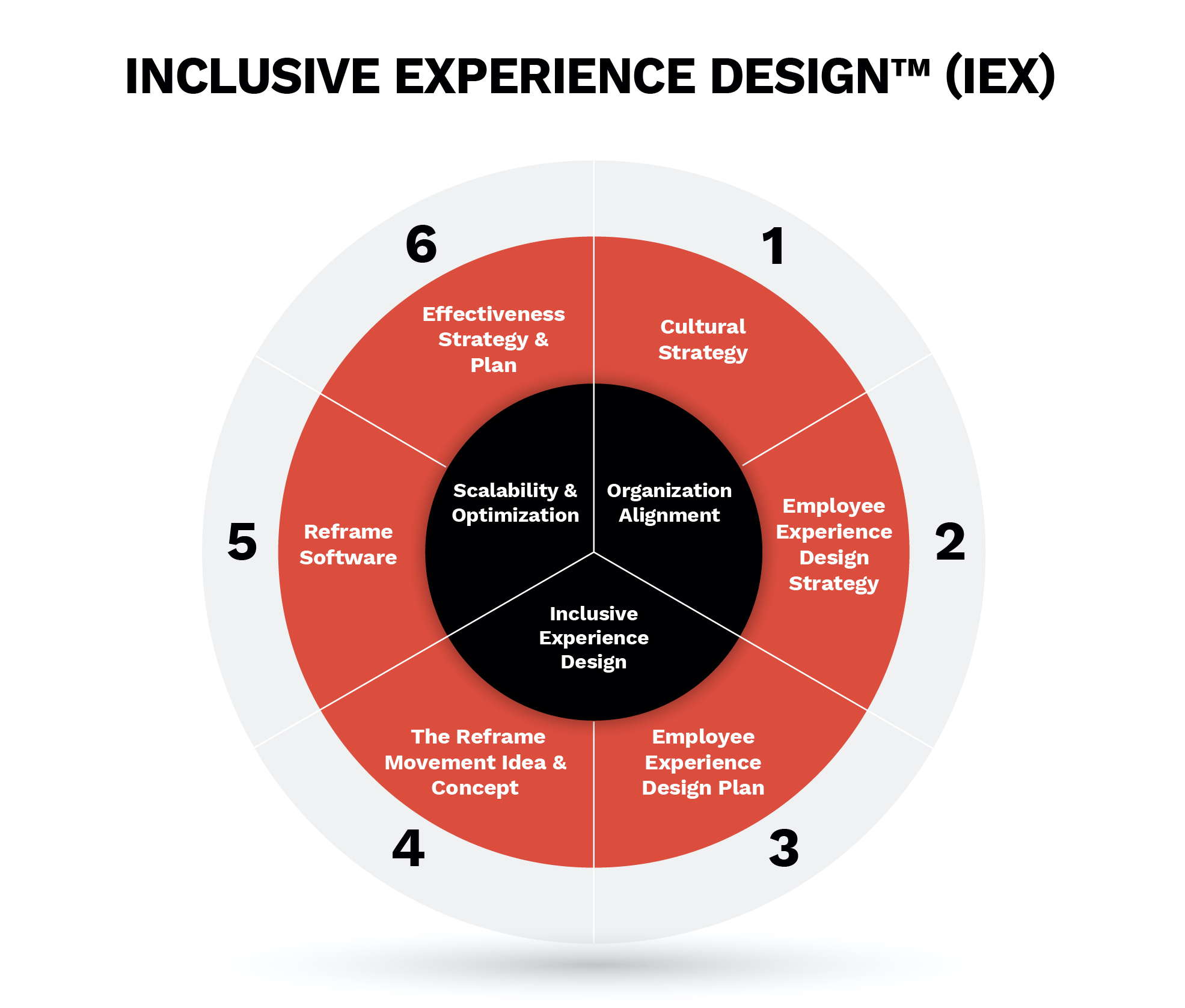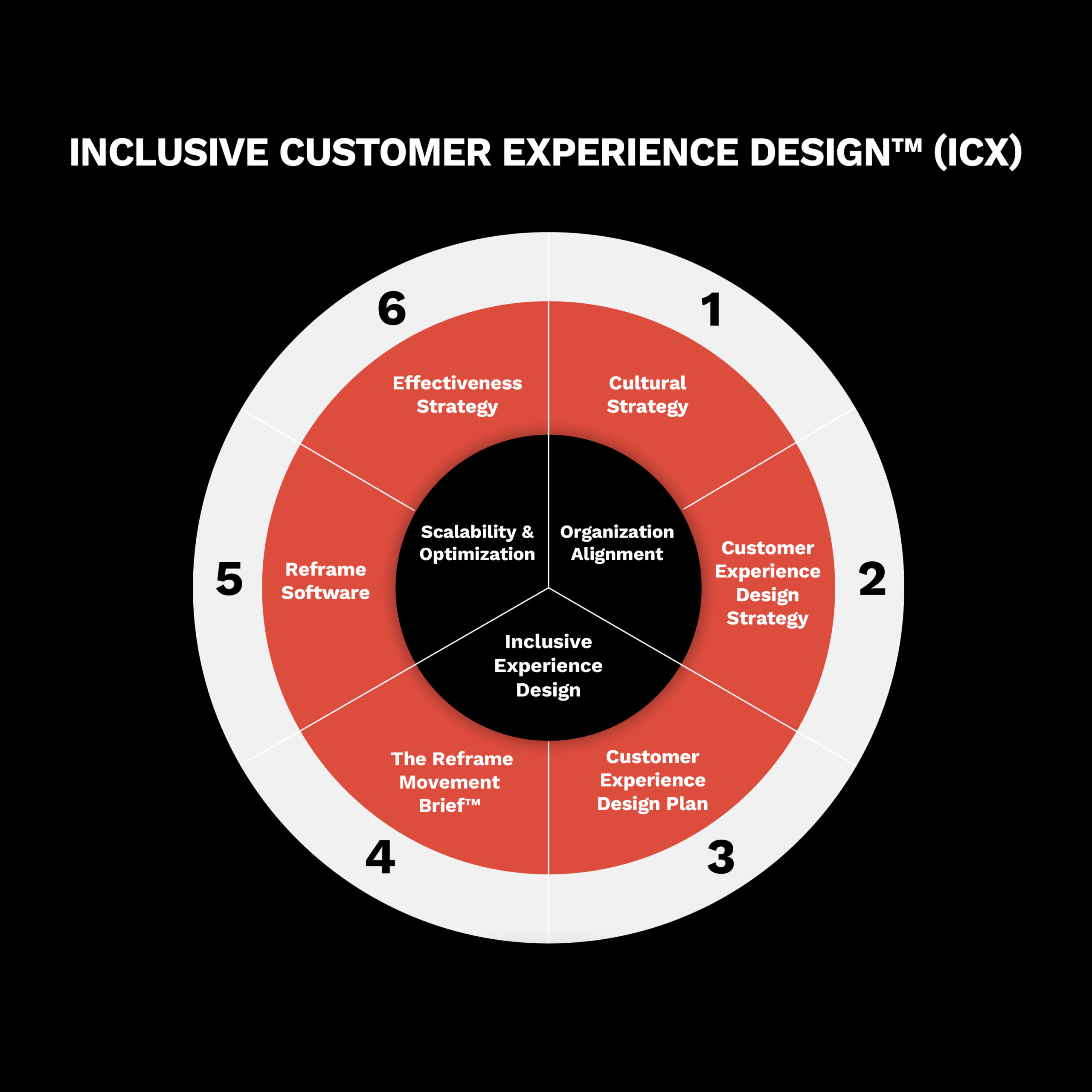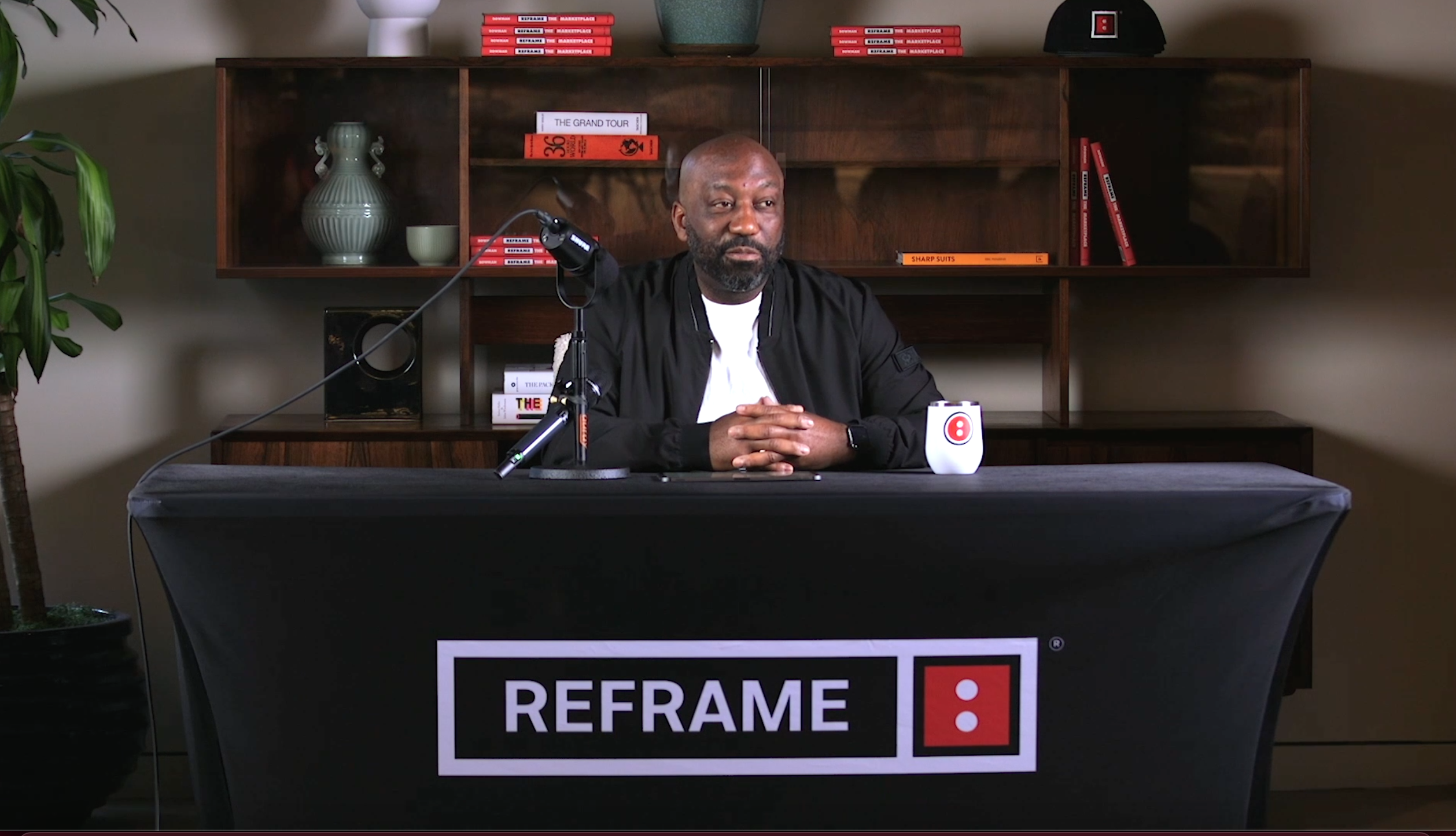Mind The Gap: You’re Not Engaging 40% Of Your Market
#CLOSETHEGAP
As a military kid I moved frequently. The upside to this far eclipsed the down. I had the luxury of traveling the world, but moving frequently also meant starting over frequently. Fortunately an open mind and a flexible spirit goes a long way in rolling with the rapid ebb and flows I encountered.
Unfortunately an open mind and flexible spirit can only go so far when it comes to linear learning. While subjects like English and History allow you to go back and fill the holes between chapters, mathematics did not. I went from performing two-grades above my peers to playing a lot of catch up. When I found myself failing, for the first time at anything, it was in physics. My mind could grasp the concept, but something was breaking down when it came to executing the formulas.
This was particularly challenging as a daughter of a fighter pilot, math major. It took six months for me to realize that I had never learned what a set was. There was a gap in my learning. I realized I couldn’t get things right, but I had no idea that there was a gap much less where that gap was. I had to pause, learn, and jump back in order to fully grasp those formulas. It was humbling, but worth it.
If you’re like 90% of marketers, you’re witnessing a similar gap in your marketing skill set. You throw everything you’ve got at engaging with your market, but there’s still the sense that you’re not getting things right. The truth is, you’ve sensed right, and it’s not your fault.
If you’re like 90% of marketers, you’re witnessing a similar gap in your marketing skill set.
You’re not engaging with your total addressable market, and you’re not alone. The bad news? You (and your marketing brethren) are leaving billions of dollars on the table. The good news? It’s completely within your capability to course correct, you just missed a step or two. You’ve got a gap in your marketplace education.
To understand how to better engage with the totality of your market, you need to first understand what a total addressable market is, and then where that gap lies.
A total addressable market (TAM), references the total revenue opportunity. Your total addressable market is anyone that could potentially contribute to that revenue.
If you’ve gone into marketing in the past 46 years, it’s likely that you were trained to segment your market. You were taught to identify a core target market opportunity and secondary groups. (For example you may divide your market opportunity into groups like general market and multicultural market).
It’s also likely that you were taught to start forming these targets by grouping people with a shared demographic (age, race, geographic location, gender, etc.). Your briefs probably did, and still do, include a primary target group and a handful of secondary targets that share scientific similarities pre-selected for each by nature. Perhaps you make these groups more interesting or complex by finding shared behaviors, or psychographics, among each. Sound about right?
So where’s the gap? The gap is that we’ve got this backwards, and have for almost two-full generations. In order to reach your total addressable market you need to turn your thinking on its ear and begin instead with what your potential customers share in common outside of demographics. What beliefs, behaviors, concerns, and interests do they share in common? What motivates them? It’s only after this that we can begin to segment based on age, geo, etc.
In order to reach your total addressable market you need to turn your thinking on its ear.
Why is the other way not the best way? Because marketing segmented by demographics was quite literally invented when the marketplace was viewed as white or black. In 1964, prior to the civil rights movement swinging into high gear, the marketing wizards of the day recognized a fiscal opportunity. African American’s were beginning to amass disposable incomes and for the first time in history they collectively represented a significant market. Advertisers learned that if they created ethnic-targeted or ethnic-friendly messaging, that they could grasp the market, and thus said disposable incomes.
As time evolved the market became less homogeneous. African Americans migrated to new cities and took on new, and more varied, lifestyles. New groups immigrated to the country with their own needs. Marketing copied what had worked in 1964 with each of these groups. Soon specialized agencies, budgets, and campaigns were directed at these groups in the same fashion.
To distinguish between ethnic advertising and everything else the industry invented two terms: 1) Ethnic Market, 2) General Market. The ethnic monolith has taken many names, some specific (Hispanic Market, LGBT Market, Baby Boomer Market, Millennial Market, etc.) and some more broad (Multicultural Market, Cross-Cultural Market, etc.) but the sentiment remains… there’s “everyone” and then there’s “these people.”
The gap? We as humans within the marketplace, haven’t stayed in our lanes. We’ve friended and married people from other cultures and ethnicities. We’ve taken on identities that we’ve chosen for ourselves. We’ve migrated to other regions and kept on moving. And, no matter what group we identify with, we despise being referred to as “these people.” And yet, traditional marketing logic keeps trying to put us into tidy little groups.
And, no matter what group we identify with, we despise being referred to as “these people.”
To make matters even more confusing, the people who grew up in a black and white America have moved on up to great opportunities and sit at the head of Fortune 500 brands. Their instincts, and their experience, rooted in dated marketing practices. This means that in addition to our marketing education being outdated, so too are many of our workplaces. And, it’s not our fault.
We are living within a dramatic population shift. Our mindsets have been challenged, our hearts have become more open and yet our workplace practices (marketing included) haven’t been challenged in four decades.
So what do we do? Clean house? Start over? Throw in the towel? No. We need to start by recognizing the gap for what it is, pause, learn, and jump back in order to grasp the formula, and engage with our total marketplace. It may be humbling, but it’s worth it.
Interested in learning more about how to capture your total addressable market? Please be sure to check out these posts:
Why Total Market: Why Now
Moving Beyond Quotas
Or get the industry’s first report on The State Of The Total Market Industry Vertical here.
Related Blog Articles
